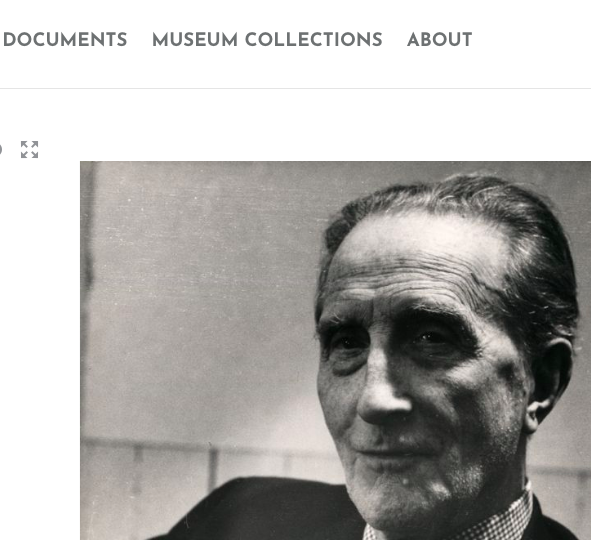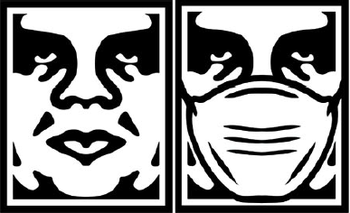Yesterday’s NY Times reported on a pending New York state bill which would make selling parts of a collection to cover museum operating costs illegal. The bill, drafted by Assemblyman Richard L. Brodsky in collaboration with the New York State Board of Regents and the Museum Association of New York, “would prohibit museums from using proceeds from the sale of artworks ‘for traditional and customary operating expenses.”
Under the bill, proceeds from a sale could be used only for the acquisition of additional artworks for the museum’s collection or “the preservation, protection or care” of works in the collection. And, it says, “No item in a museum’s collection may be used as collateral or may be capitalized.”
The legislation also delineates criteria under which an artwork could be deaccessioned: if it is inconsistent with the museum’s mission as set forth in its mission statement, if it has “failed to retain its identity” because of decay or other deterioration, if it is redundant or inauthentic, or if it is being repatriated or returned to its rightful owner or donor.
Wow. It baffles the mind that during these dire economic times state legislators would be more preoccupied with saving one or two Warhols than with drafting and passing bills that would lower crime rates in the state, increase jobs, and updating our faltering subway system. Walking around Manhattan and the hip Williamsburg district, I am perplexed in seeing restaurants and bars filled every night with patrons, all buying $9 dollar beers and $15 hamburgers. Perhaps it’s this same constituency that abhors the thought of selling a Rothko, at the cost of additional layoffs, constrained expenditures, or perhaps the ultimate sin: shutting down another museum.
Donn Zaretsky has his usual but extremely interesting counterpoints here, such as this one:
A “sacred cultural and ethical trust” — unless, of course, a museum wants to acquire some shiny new artworks, in which case: hey, knock yourself out! Sacred shmacred. Sell to your heart’s content!









